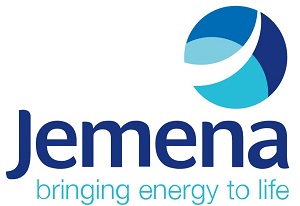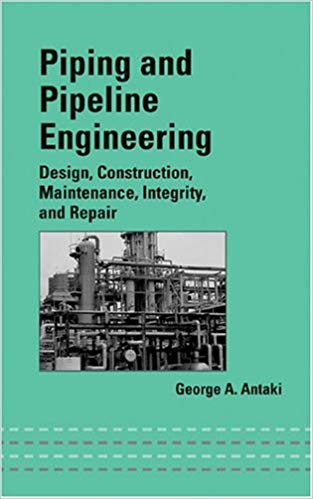Indonesia government has a commitment to accelerate the construction of natural gas distribution network infrastructure (jargas) for households. The budget of Rp 3.2 trillion was prepared to build 293,533 house connections (SR) in 54 districts / cities throughout 2020.
"This is an effort to realize ease of access to natural gas energy and acceleration of good natural gas in reaching all regions in Indonesia," said Acting Director General of Oil and Gas (Oil and Gas), Ministry of Energy and Mineral Resources (ESDM), Djoko Siswanto , after the coordination meeting on the construction of the budget for the 2020 budget year, Thursday (25/7).
This meeting invited relevant stakeholders, including 54 Regional Governments and City Governments who would enjoy the benefits of jargas. At the end of the event, this joint commitment and synergy was marked by the signing of the Minutes of Jargas Development Plan Coordination Year 2020 Budget.
"We hope that the benefits of natural gas can be felt as much as possible by the community which leads to an increase in the competitiveness and economic capacity of the community in real terms.
In addition to households that will get direct benefits, the MSME sector will also get significant economic benefits, "Djoko said.
Jargas development activities are part of the 2015-2030 National Energy General Plan (RUEN) because they can meet energy needs that are clean, competitive, environmentally friendly and efficient. At present, the Government has carried out construction of jargas from 2009 to 2018 with a total connection of 325,852 House Connections (SR) in 16 Provinces covering 40 Regencies / Cities.
For 2020, the Government will build 293,533 SR in 54 Regencies / Cities. This number is very large compared to the number of SRs that were successfully built in 2009 to 2018, which are 325,852 SR in 16 Provinces covering 40 Regencies / Cities.
The area planned for construction in 2020 is Kab. North Aceh, Lhokseumawe City, Kab. East Aceh, Langsa City, Kab. Aceh Tamiang, Kab. Deli serdang, Pekanbaru City, Dumai City, Batam City, Sarolangun City, Jambi City, Kab. Muaro Jambi, Kab. Musi Rawas, Kab. Banyuasin, Kab. Musi Banyuasin, Kota Palembang, Kab. Ogan Ilir, Kab. Ogan Komering Ulu, Kab. Muara Enim, Prabumulih City, Kab. Penukal Abab Lematang Ilir, Kota Bandar Lampung, Kab. Serang, Cilegon City, Bogor City, Kab. Bogor, Kota Bekasi, Kab. Bekasi, East Jakarta City, Tangerang City, South Tangerang City.
In addition, Kab. Karawang, Kab. Subang, Cirebon City, Kab. Cirebon, Semarang City, Kab. Blora, Kab. Lamongan, Mojokerto City, Kab. Mojokerto, Kab. Jombang, Kab. Sidoarjo, Kota Surabaya, Kab. Pasuruan, Kab. Probolinggo, Pasuruan City, Probolinggo City, Wajo District, Kab. Banggai, Tarakan City, Balikpapan City, Kab. Kutai Kartanegara, Kota Samarinda, Kab. Penajam Paser Utara.
For the construction of the jargas, the Government assigns PT Pertamina (Persero) through PT Perusahaan Gas Negara Tbk as a subsidiary (natural gas sub holding) to carry out the preparation of the FEED (Front End Engineering Design) -DEDC (Detail Engineering Design Construction) targeted for completion in October 2019 .
6:21:00 PM | 0
comments




























